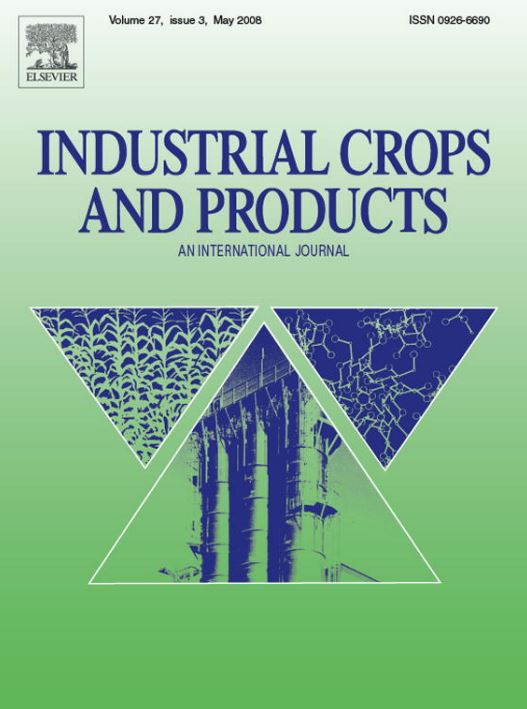Abstract
Cannabis (Cannabis sativa) flourishes under high light intensities (LI); making it an expensive commodity to grow in controlled environments, despite its high market value. It is commonly believed that cannabis secondary metabolite levels may be enhanced both by increasing LI and exposure to ultraviolet radiation (UV). However, the sparse scientific evidence is insufficient to guide cultivators for optimizing their lighting protocols. We explored the effects of LI and UV exposure on yield and secondary metabolite composition of a high Δ9-tetrahydrocannabinol (THC) cannabis cultivar ‘Meridian’. Plants were grown under short day conditions for 45 days under average canopy photosynthetic photon flux densities (PPFD, 400-700 nm) of 600, 800, and 1,000 μmol m-2 s-1, provided by light emitting diodes (LEDs). Plants exposed to UV had PPFD of 600 μmol m-2 s-1 plus either (1) UVA; 50 μmol m-2 s-1 of UVA (315-400 nm) from 385 nm peak LEDs from 06:30 to 18:30 HR for 45 days or (2) UVA + UVB; a photon flux ratio of ≈1:1 of UVA and UVB (280-315 nm) from a fluorescent source at a photon flux density of 3.0 μmol m-2 s-1, provided daily from 13:30 to 18:30 HR during the last 20 days of the trial. All aboveground biomass metrics were 1.3-1.5 times higher in the highest vs. lowest PPFD treatments, except inflorescence dry weight – the most economically relevant parameter – which was 1.6 times higher. Plants in the highest vs. lowest PPFD treatment also allocated relatively more biomass to inflorescence tissues with a 7% higher harvest index. There were no UV treatment effects on aboveground biomass metrics. There were also no intensity or UV treatment effects on inflorescence cannabinoid concentrations. Sugar leaves (i.e., small leaves associated with inflorescences) of plants in the UVA + UVB treatment had ≈30% higher THC concentrations; however, UV did not have any effect on the total THC in thesefoliar tissues. Overall, high PPFD levels can substantially increase cannabis yield, but we found no commercially relevant benefits of adding UV to indoor cannabis production.



